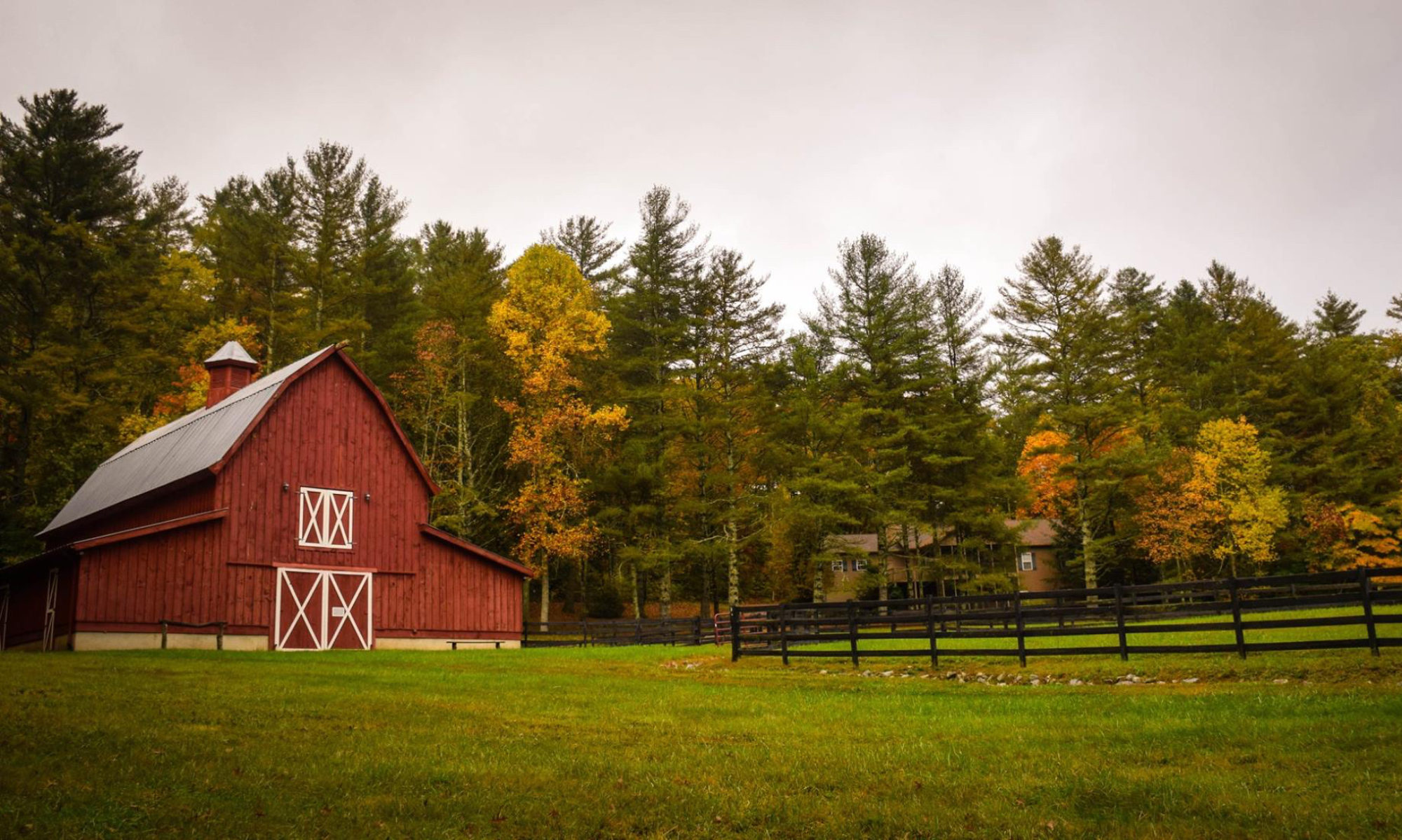The movement for a fair and just agricultural and rural policy and the movement for fair and just labor policy are both close to my heart. For that reason, agricultural labor movements, and the history of the agricultural labor movement is of particular interest. A guest post on Ethicurean last week offers a good primer on the history of the farm labor movement in the context of the current immigration debate.
Quick! The history of U.S. policy on farm labor in 60 seconds. During and after World War II, U.S. workers shift out of farming and into industrial jobs. Agricultural producers mobilize to persuade the government to help find workers. In 1951, Congress passes a law creating the Bracero guestworker program, which allows producers to “import†Mexican workers legally for seasonal jobs and send them home afterward. (Bracero means “farm worker.â€) In addition to tying migrants to one employer, Bracero contracts establish standards for housing, pay, and the guarantee of work that are lower than those applied to U.S. workers. The President’s Commission on Migratory Labor provides this assessment of the situation in a 1951 report: “We depend on misfortune to build up our force of migratory workers, and when the supply is low because there is not enough misfortune at home, we rely on misfortune abroad to replenish the supply.â€
Honesty in government — a real breath of fresh air, no?
Fast-forward to the 1960s. The Bracero Program has become the focal point for organizing by the United Farm Workers (UFW) union, which charges that it undermines domestic labor conditions and drives down wages industry-wide. The opposition kills the program in 1964, and the farm labor market tightens. The UFW launches campaigns against the use of undocumented workers as strike-breakers and wins concessions for unionized workers requiring rest periods, clean drinking water, and the provision and use of protective clothing during pesticide application. By 1973, the UFW represents 67,000 workers on California farms producing grapes, lettuce, strawberries, and other specialty crops.
But the UFW’s heyday is short. The networks established during the Bracero era between communities in Mexico and the United States are strong, economies in Mexico and Central America are weak, and the rate of undocumented migration surges. UFW wage strikes in the late ’70s and early ‘80s don’t gain many friends among producers, who turn to the growing pool of undocumented workers instead. By 1983, the number of UFW contracts has dropped from a high of 180 to fewer than 20.
In the ’80s, a weakened UFW decides to switch gears and help undocumented workers become legal immigrants so they can join and support the union. They’re stymied by two factors: first, employers use the threat of job termination to keep workers from even talking to the union, and second, when workers do manage to gain legal status, they typically leave the farm sector for better-paying positions in other industries. They’re replaced by newly arrived undocumented migrants — and the UFW is back to where it started.
And that brings us to today.
Read the rest at Ethicurean
